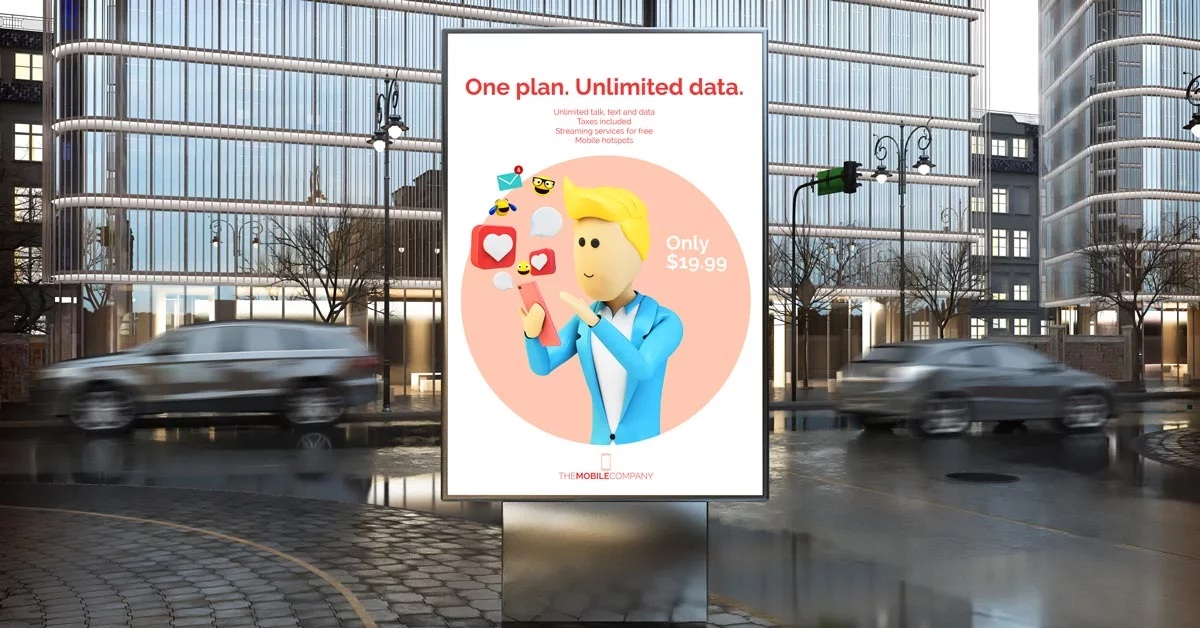If you’re after high-impact communications, messaging’s the key. By creating focus, control, and intensity, key messages influence your target audience.
As the foundation of your communication strategy, key messages should be used in all communications. They can be far more than ‘taglines’ to be memorised and repeated – so weave key messages into your conversations for resounding results.
Preparation
There’s three steps to prepare key messages:
First, revisit your organisational mission, strategies, goals and objectives, closely aligning these with your key messages.
Next, identify your ‘brand vocabulary’ – those key words and phrases you aim to associate with your brand (and their SEO implications).
Finally, conduct a competitive analysis to ensure your key messages are distinct from competitors. Do this by reviewing competitors’ websites, blogs, marketing material, publicity and social media mentions to understand their key messages and brand vocabulary.

Developing key messages
Form a team to develop words and phrases that will form your key messages (including external PR and marketing consultants).
Identify your messaging needs and timeframe (ongoing or one-off).
Confirm your target audience.
Decide between a broad or focused approach.
Prepare ambitious key messages that accurately describe your organisation, product, service or program.
Focus on unique benefits, highlighting innovative features for your target audience.
Substantiate your points with supporting details that distinguish your case while adding credibility. Quoting facts and statistics, expert opinion, stories and visuals can also be effective.

Features of key messages
Concise: Maximum 3 key messages per page, each statement 1–3 sentences long (under 30 seconds when spoken).
Strategic: Define, differentiate and align with benefits/value proposition.
Relevant: Balance your message with what your audience needs to know or their pain points.
Compelling: Include meaningful information designed to motivate action.
Simple: Use straightforward language with minimal jargon.
Memorable: Make phrases easy to recall and repeat, avoiding run-on sentences.
Relatable: Use active rather than passive voice; not advertising slogans.
Tailored: Adapt your message to various target audiences, with flexible language and depth of information.

Examples
Many organisations use:
- Central overall message
- Supporting messages
- ‘Proof points’ offering backup and/or more detail
Examples of key messages, supporting messages and proof points/validation:
Here’s Aldi’s examples of corporate key messages and proof points
Aldi mission
- By doing things differently, we can provide top quality products at the lowest prices.
- If you’ve ever been to ALDI, you’ll know we’re not your average supermarket.
- We’ve never been satisfied with the status quo, or doing things that other supermarkets do.
- By doing things differently, we can provide top quality products at the lowest prices.
- That’s why we call it 'Good Different'.

Aldi key messages and proof points (validation)
- Aldi provides quality products at the lowest prices. (Example here regarding their liquor)[key message]
- Australia’s most satisfied customers … again. [proof point]
- No artificial colours storewide. [proof point]
- Your feedback makes our products better. [key message]
- See our product reviews. [proof point]
- We only pick the best. [key message]
- See some of our grocery range. [proof point]
- Rest assured that while we offer incredibly low prices, all products meet our strict quality standards. [proof point]
- ALDI stocks over 350 award-winning products and we have also won several awards for Supermarket of the Year. [proof point]
- With such high-quality products at excellent value, everyone wins at ALDI. [key message.]
- Don't forget to keep an eye out for our Special Buys™ available every Wednesday and Saturday. [proof point]
- Our weekly Special Buys™ could include everything from Egyptian cotton sheets to a garden shed! [proof point]
Review
- Check your key messages to verify their quality:
- Do they align with your organisational mission, business objectives, and brand strategy?
- Are they unique to your firm, or can they also be applied to competitors?
- Do they sound convincing and credible when read aloud?
- Can they be simplified?
- Do they include a ‘call to action’?
- If possible, test your messages’ appeal with internal and external audiences.
- Set regular calendar reminders to update key messages, ensuring they continue meeting your and your audience’s needs.
- Making your messages precise, impactful and brief will help you cut through.

